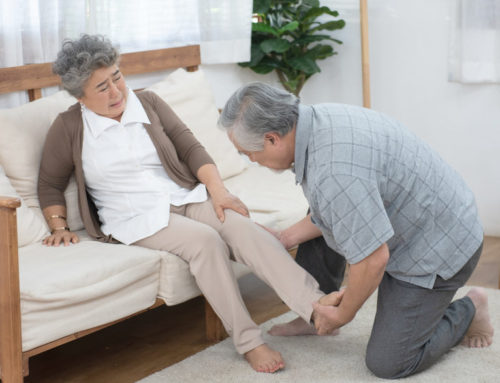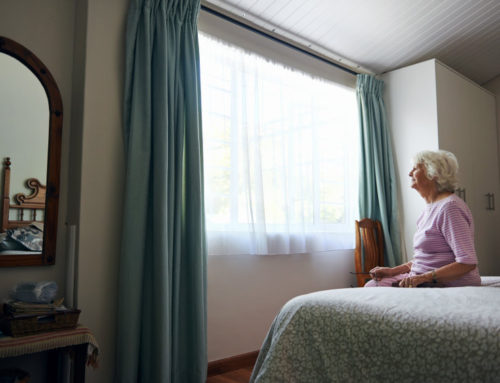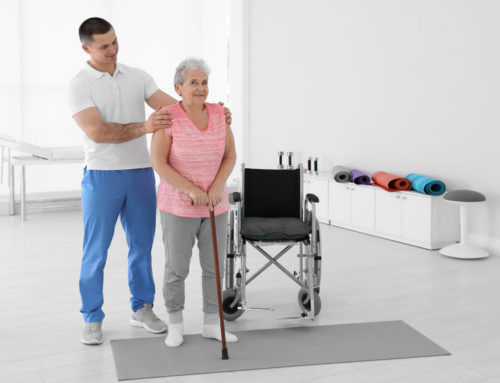Share This Story!
Creating A Safe Living Environment For Seniors
Living at home alone can become harder as people age. Physical and cognitive changes can prevent seniors from enjoying at-home activities. Potential dangers should be eliminated to reduce the chance of falls or accidents. A home safety assessment with or without a professional can ensure seniors have a danger-free home.
1. Keep high-traffic areas de-cluttered
The risk of falling and breaking a bone increases as people get older and bones become more brittle. Clutter around pathways and halls increases the risk of a fall. Various objects, like loose electrical cords, should be moved. Family members and friends can help de-clutter and move heavy objects to make more room for walking around the house.
2. Remove rugs and install non-slip surfaces
Rugs provide an aesthetic boost to an interior space, but also create a hazard for seniors. Rugs can bunch up, leaving seniors prone to tripping. All rugs should be tacked down. Additionally, non-slip surfaces can be installed in staircase steps and other danger zones.
3. Bathroom improvements
Simple improvements in the bathroom can make seniors’ lives easier. A walk-in shower is preferred to one that has to be accessed by stepping over the bathtub. Seniors’ homes should have grab bars securely installed on the shower walls and sides of the toilet. Other improvements include a skid-proof bathtub, non-slip bath mats, and a seat in the shower.
4. Kitchen safety
Some seniors love to cook and prepare meals. However, the kitchen can be fraught with many potential hazards. Kitchen floors should always be clean and clutter-free. Heavy objects should be stored at the waist level. Finally, all kitchen equipment should be in working order with timers that beep loud enough for seniors to hear.
5. Better lighting
In addition to keeping clutter-free pathways, seniors should install lighting in high-activity areas. Controls and switches should be installed at an appropriate level. Lighting ensures seniors avoid tripping on any objects. Nightlights placed in halls and bathrooms can make a big difference in seniors’ home safety.
Regular safety checks
Home modifications can be performed by seniors as well as by families, friends, and professionals like doctors, physical therapists, and an aging-in-place specialist. Families can take one day out of every year to ensure that seniors are living in a safe and comfortable home. A few changes can make a big difference and prevent severe injury.





